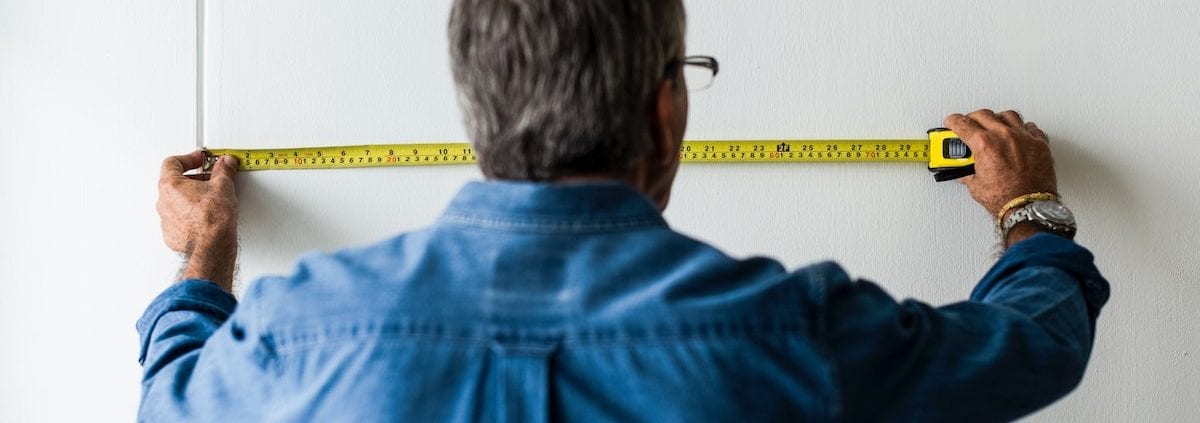Everything You Must Know About Commercial Property Depreciation Deductions
In today’s era, entrepreneurs face many significant challenges. Professionals need to access everything immediately when business owners try to increase cash flow. But, to boost cash flow in a better way, the companies and commercial landlords have to update the depreciation schedule. So, as you read ahead you will learn more about the commercial property depreciation deductions. But, before moving ahead, let’s check out the results we got from some of our commercial clients.
Results depending on the industry
As for small workplaces, the claims for the financial year 2020 were equal to $18,004. This was quite less than the claims for the first 5 financial years, which was $58, 597. But, on the contrary, for those who own small warehouses, the claims for the year 2020 and across the first five financial years were $6,603 and $29,222 respectively. As for the results for city commercial building, the claim across five financial years was as high as $448,111.
How do professionals calculate the depreciation on commercial property?
As for the calculation, depreciation differs for different types of commercial buildings. Feel free to seek help from professionals if you are unsure about the depreciation on investment property ATO.
The first step to calculate the depreciation is classifying the buildings depending on the purpose. Later, the ATO comes up with depreciation rules for every type of category. There are many factors that can affect the rate of depreciation. These factors are applicable to buildings that fall under Division 43 and Division 40.
On the whole, the total depreciation a person can claim is divided between Division 43 and Division 40. Usually, professionals use the Prime Cost Method to calculate Division 43 depreciation. However, they use the Prime Cost or Diminishing Value Method to calculate the depreciation for Division 40 assets. Besides, Division 40 assets can come under the low-value pool based on the effective life. The classification would also matter on the maximum tax depreciation deduction done earlier.
How can a person claim property depreciation deduction?
When you need to claim the deduction, you must contact a quantity surveyor. As the professional presents a depreciation schedule, you can observe the amount you can claim every year. But, your claim would depend on the value of the commercial building. It may also vary due to the decline in the value of the income-generating assets. According to the rules of ATO, the surveyor should come up with a depreciation schedule only for buildings built after September 1989. The schedule would come into the picture even when you are unaware of the property’s construction costs.
As for the fees, you only have to pay for just one depreciation schedule. Once the surveyor coordinates with you, he would work out the assets that would depreciate in the future. The schedule is further sent to an accountant, for effective calculation of deductions. The accountant then considers the equivalent amount for the annual tax returns.
Conclusion:
If you have any questions regarding the depreciation deductions, then you need to reach out to tax depreciation professionals. In order to predict the tax depreciation investment property, you use the investment property calculator. But, if you’re an investor, who wants to maximize returns, then you could go through the depreciation reports. You can research online and avail the report which is available online. Apart from everything else, you can also seek answers for questions pertaining to capital gains.




